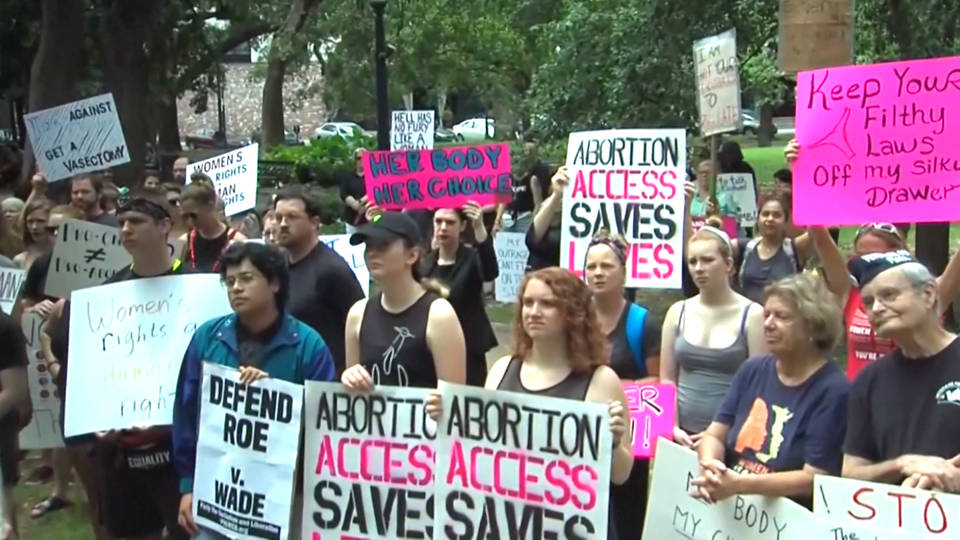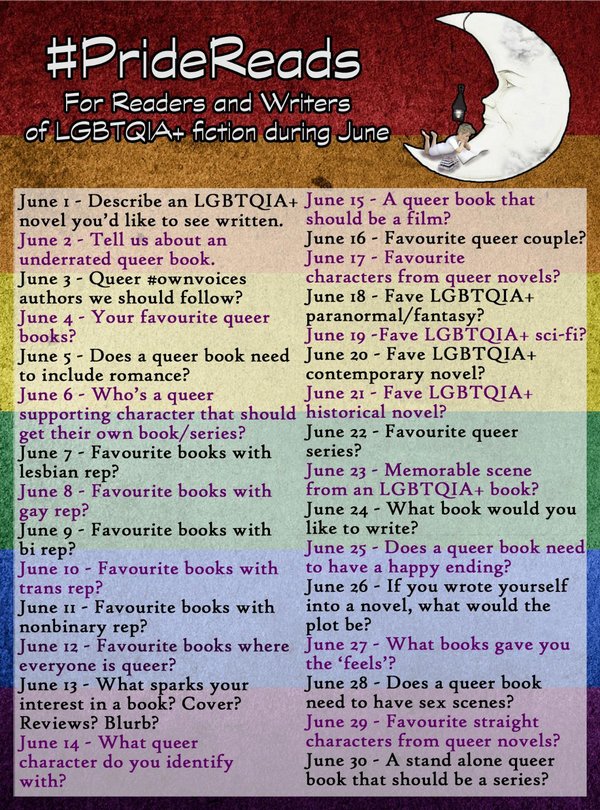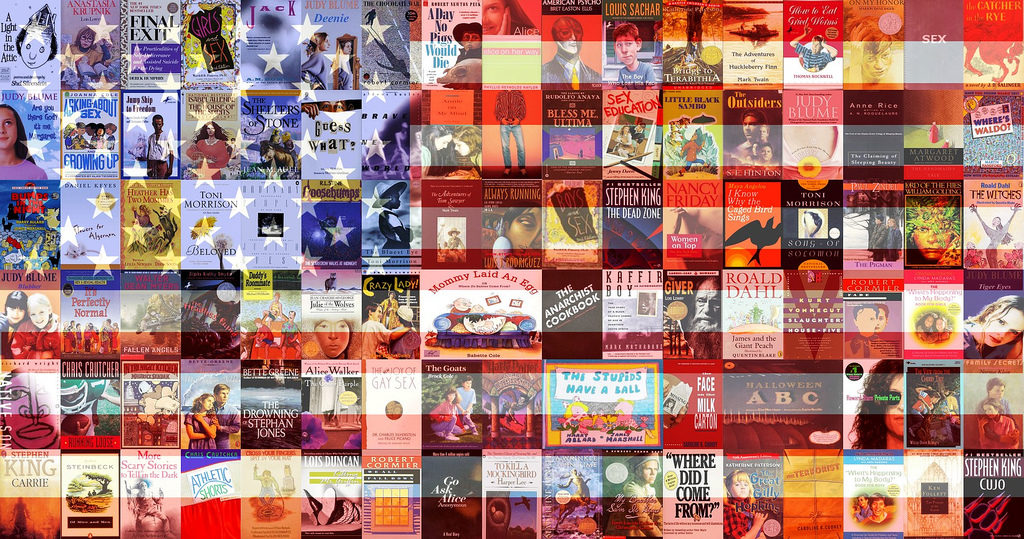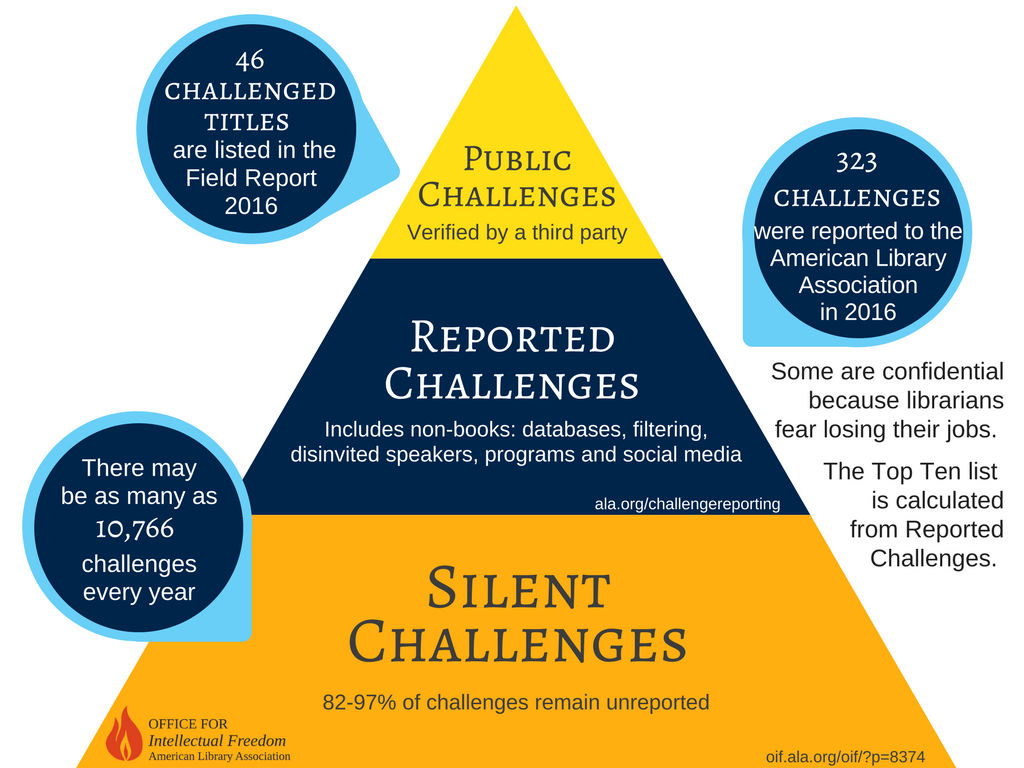
Retrieved from Democracy Now website: https://www.democracynow.org/2019/5/20/headlines/protesters_in_alabama_missouri_defend_reproductive_rights_from_recent_abortion_bans
I’ve been thinking about LGBTQ+ issues as the International Day Against Homophobia and Transphobia passed on May 17th and thinking about women’s reproductive rights while states like Alabama have been enacting bizarre and grotesque laws demeaning and diminishing female personhood. Every now and then, I post some political commentary here. It doesn’t have a lot to do with what I write, but it’s a big part of who I am. If you’re curious, here’s some stuff I wrote about the Charlottesville Unite the Right Rally, #TransgenderRightAreHumanRights, and the Writers Resist movement.
Today, I’m struck by the essential alliance between queer rights advocacy and women’s rights advocacy and wanting to defend women’s reproductive freedom in particular as a gay male ally.
I actually got involved in women’s rights issues before I had the courage to come out and talk about queer rights. My mother’s quiet democratic values inspired me from a young age. She decried racism and anti-Semitism and was a terrific female role model. From back when I was in elementary school, she talked to me about women’s equality by sharing the story of her mother, who died before I was born. My maternal grandmother was the valedictorian of her high school class and was pushed toward nursing school rather than college even though she had the potential to be a doctor. Nursing is of course a challenging and honorable service profession, but the point was sexist social attitudes place limitations on women’s lives. And, not incidentally, this was a lesson to me that’s it’s never too young to talk to kids about sexism, racism, and other systems of oppression. Some of the most impactful stories are from our childhood, and in my case, it helped me become an ally.
My mother wanted to have opportunities her mother could not have. She went to a four-year college and had a brief career as a biologist at a cancer research center before her life took a more traditional turn. She left her job when my older brother was born, and she was a stay-at-home mom up until I was a little further along in elementary school. Then she went back to school for computer science, one of a handful of women in the graduate program while also one of the oldest students in her class. She completed her degree and went on to manage information technology policy, literacy and training at New York State’s largest public university. I grew up a firm believer in women’s equality and appreciating the tremendous courage and determination it takes to succeed in male-dominated professions.
I think instinctively I understood the connection between women’s rights generally and their reproductive rights specifically. The latter was an issue I knew my mom supported, but we didn’t talk about it much. For me, it just felt obvious that a part of a person’s humanity and freedom was their ability to make decisions about their body. Actually, it felt terrifying that someone could take that away from you, and the way religious organizations tried to shame women about their sexuality angered me.
Buffalo, New York where I grew up was one of Operation Rescue’s target cities in the early 90s. Led by Reverend Randall Terry, they travelled around the country to picket abortion clinics with their famous fetus jar displays. I’ve participated in a lot of protests in my life, and to this day, one of my favorites was counter-protesting Randall Terry in Buffalo along with my four housemates at the time (all of whom were straight men). Most of them had never done anything political related to women’s reproductive freedom, but we all felt at our core the protestors were wrong, and there was an urgency to supporting women’s reproductive choice.
There was something at stake for me personally though I probably would not have known how to voice it at the time. The anti-reproductive freedom position is based on so-called traditional or family values with the goal of erasing social progress and re-establishing (or establishing for the first time in some cases) laws and norms based on Christian fundamentalist doctrine. I was reminded just today on a news program that many states still have laws criminalizing adultery. Of course, anti-sodomy laws still exist in many places. These “blue laws” are the legacy of the 19th century Protestant reform movement, which successfully inserted their morals and traditions into legal codes across the country.
As a young man listening to the talking points of the anti-choice side of the abortion debate, I realized I also had a target on my back. Their family values envisioned good Christian men marrying good Christian women, castigating sex outside of marriage, and often most vehemently, declaring homosexuality a perversion that is to blame for everything from single parent households to hurricanes and earthquakes. Even before I accepted I was gay, I recognized that worldview was pretty much diametrically opposed to how I lived my life, or planned to live my life. As a young adult, freedom generally was important to me, but also as someone who was drawn to secular humanism much more than any religion, I saw the rhetoric and positions of the Christian Right as defamatory and unfair.
So bringing this back to May 2019, I’m reminded – almost daily reminded since November 2016 – how fragile achievements in the women’s rights movement and the LGBT rights movement are. In addition to the assault on women’s reproductive rights, folks are working on the presidential level, congressional level, and state and local level to push Religious Freedom laws to weaken LGBT civil liberties and legally enshrine Christian fundamentalists’ right to hate us. Such laws would also limit women’s reproductive freedom. We’ve already seen cases of pharmacists who refuse to dispense birth control pills to women. And the Trump administration successfully established a ban on transgender people serving in the military.
This is wrong. This is a critical time for folks who care about women’s lives and dignity to come together. Because it’s not just about one issue. It’s a systematic attack on the values and norms that allow a pluralistic, democratic society to thrive. We’ve been at this juncture before. Many of us just never thought we’d be back there again. I stand up as an ally to women’s reproductive freedom for my mom, for women everywhere, and to acknowledge this is an issue that men—gay and straight—care about as well.






